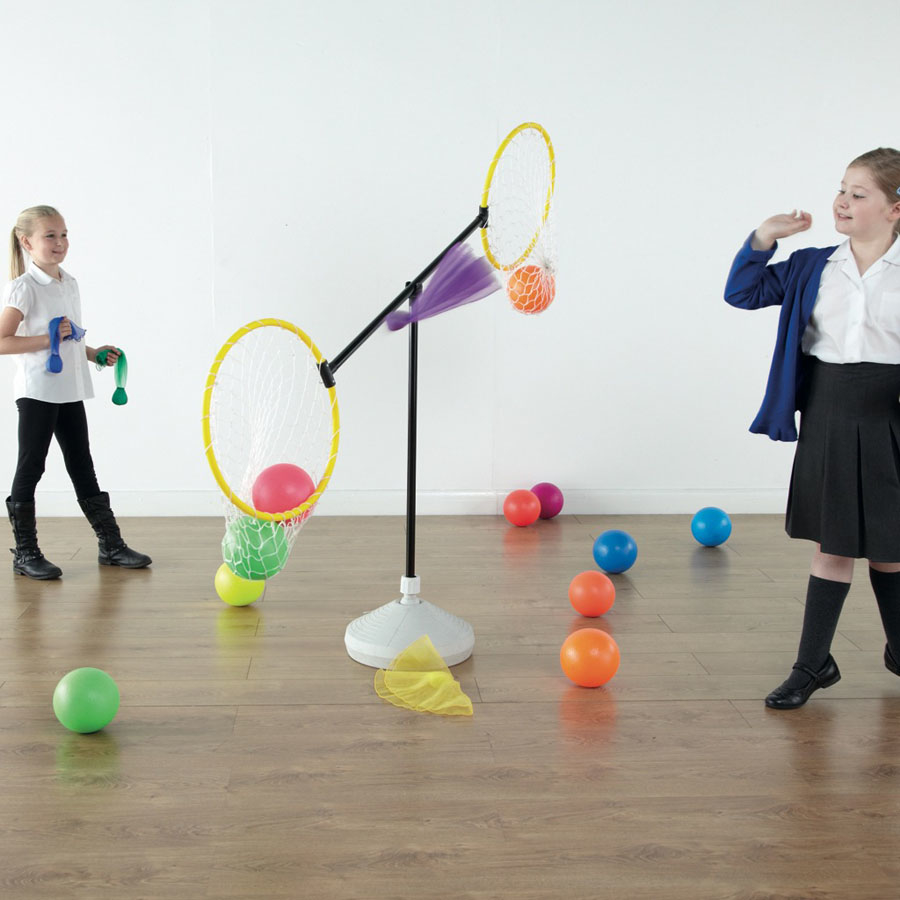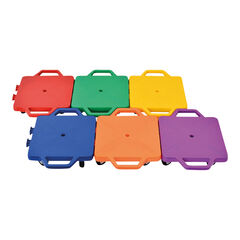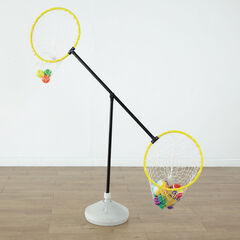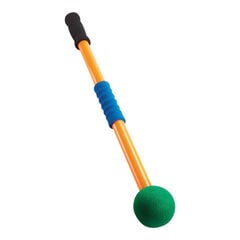As we know, the Early Years Foundation Stage (EYFS) recognises physical development as a core area that we need to support children with during their time in early years.
We worked with the teachers at Malton Community Primary School to explore the impact of introducing some key resources, not only on children’s physical deveopment but also with wider areas of learning.
Here is what they had to say:
Working closely with staff at TTS we have been able to enhance our resource provision with engaging and stimulating equipment that specifically supports physical development. Resources were used in outdoor provision areas and children were encouraged to try, explore and play.
Strengthening muscles leads to greater fine motor control
In our reception provision, the focus has primarily been aimed at developing confident and competent fundamental movement skills, negotiating space and developing precision control over movements. Roller boards enabled children to explore travel with variety. Many have chosen to work regularly with this resource and we have started to see children gain more confidence and control when using the shoulders and arms to negotiate space, modify speed and change direction. This in turn led to better pencil control and formation of letters. Strengthening the shoulder and arm muscles contributed towards children developing their fine motor control and we have started to see improvements in writing, painting, drawing and cutting skills.
Mathematical connections
The Playground Scales Target game enabled pupils to further develop their throwing and catching skills with the challenge of the basket moving and rotating. Through their own, independent play children have started to consolidate their mathematical language. As the scales dip and balance, children are encouraged follow their own mathematical problems and fascinations. This resource proved extremely popular and sparked enquiry amongst the children as they regularly posed questions to challenge their understanding about how the different objects were impacting upon the scale target.
Better engagement
A noticeable increase has been seen in relation to children choosing to take part in physical activities. The stimulating resources have engaged children enormously and have started to lay the early foundations of developing positive behaviours and attitudes associated with being physically active. From a teacher perspective, by closely aligning children’s physical needs with appropriate physical resources it has enabled us to plan and differentiate provision areas and teaching with added purpose and impact. We have now started to use fuse the teaching of phonics and number skills in physically active contexts with greater fluency, confidence and competence. High quality physical resources have ensured children have built familiarity with using them and enabled teachers to capitalise on children’s interests, hooking them into wider curriculum areas.
With thank to EYFS leader & Assistant Head teacher Mrs Claire Smith and PESSPA leader & Specialist teacher of physical education Richard Allman from Malton Community Primary School for writing this post.








